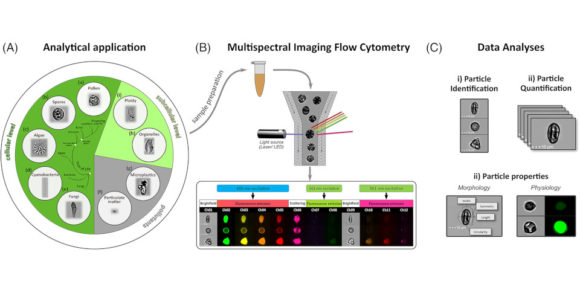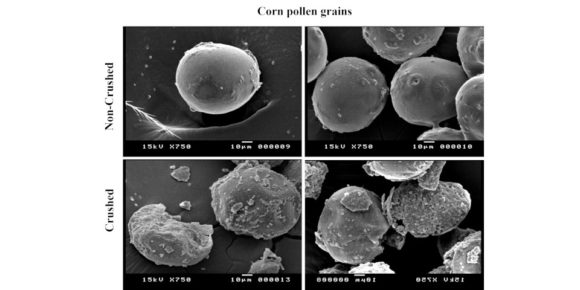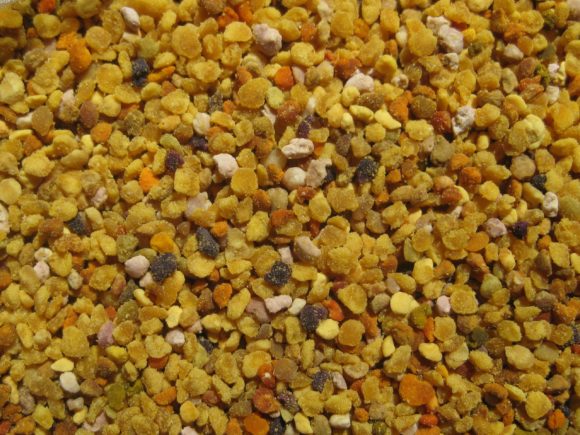The potential of multispectral imaging flow cytometry
Environmental monitoring involves the quantification of microscopic cells and particles such as algae, plant cells, pollen, or fungal spores. Traditional methods using conventional microscopy require expert knowledge, are time-intensive and not well-suited for automated high throughput. Multispectral imaging flow cytometry (MIFC) allows measurement of up to 5000 particles per second from a fluid suspension and…









